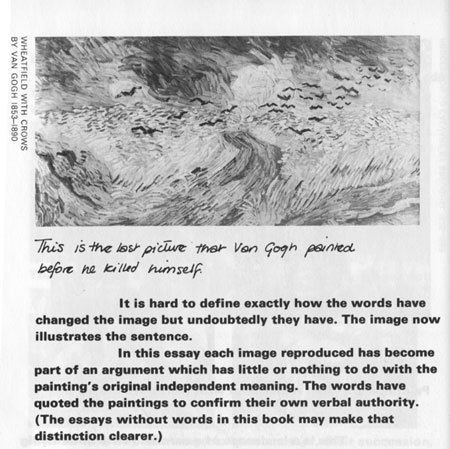
Illustration by Isabel Arsenault from ‘Jane, the Fox and Me.’ Click image for more.

Such an unspeaking companionship was felt to be so equal that often one finds the conviction that it was man who lacked the capacity to speak with animals - hence the stories and legends of exceptional beings, like Orpheus, who could talk with animals in their own language. Different because it is a companionship offered to the loneliness of man as a species. With their parallel lives, animals offer man a companionship which is different from any offered by human exchange. As any devoted pet-parent (to use a term rather telling in itself) can attest, a big part of what makes those bonds so intimate is the unconditional affection pets provide, a lack of conditions largely premised on their inability to speak, to talk back, in our human language, coupled with their capacity to speak directly to the soul. And the choice of a given species as magical, tameable and alimentary was originally determined by the habits, proximity and “invitation” of the animal in question.īut there was also something else that drew us closer to our fellow beings as they went from our bonfires to our backyards to our beds - some other kind of singular comfort they offered. Cattle had magical functions, sometimes oracular, sometimes sacrificial.

For example, the domestication of cattle did not begin as a simple prospect of milk and meat. Animals first entered the imagination as messengers and promises. To suppose that animals first entered the human imagination as meat or leather or horn is to project a 19th century attitude backwards across the millennia. He opens with a poetic reminder of how it all began: Chauvet cave drawings from ‘100 Diagrams That Changed the World.’ Click image for more. In his essay “Why Look at Animals?,” part of the altogether fantastic 1980 anthology About Looking ( public library), Berger examines the evolution of our relationship with animals and how they went from muses for the very first human art, as cave men and women adorned their stone walls with drawings of animals painted with animal blood, to spiritual deities to captive entertainment.

Hardly anyone has addressed this disquieting cultural tendency with more dimension than John Berger, best-known for his brilliant 1972 critique of consumer culture, Ways of Seeing. Jon Mooallem put it even more poignantly in his beautiful and bittersweet meditation on the fate of wildlife today: “Maybe you have to believe in the value of everything to believe in the value of anything.” And yet how readily we, as a civilization and as individuals, stop believing in the value of that awe-inspiring variety of sentient life. “Erasing the awe-inspiring variety of sentient life impoverishes all our lives,” Joanna Bourke wrote in her fascinating chronicle of our understanding of what it means to be human, an awareness inextricably entwined with a parallel understanding of the animal experience of our fellow sentient beings.


 0 kommentar(er)
0 kommentar(er)
